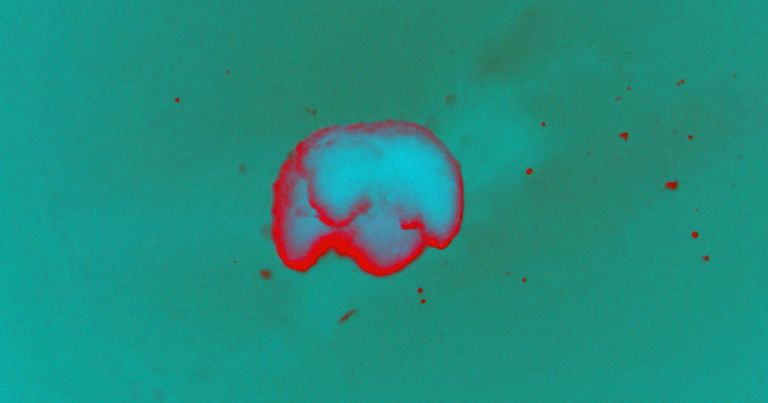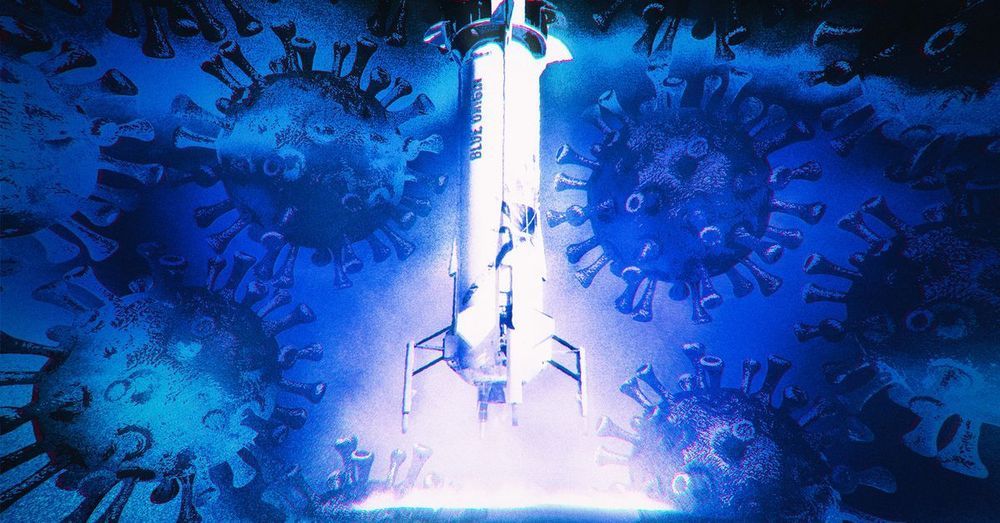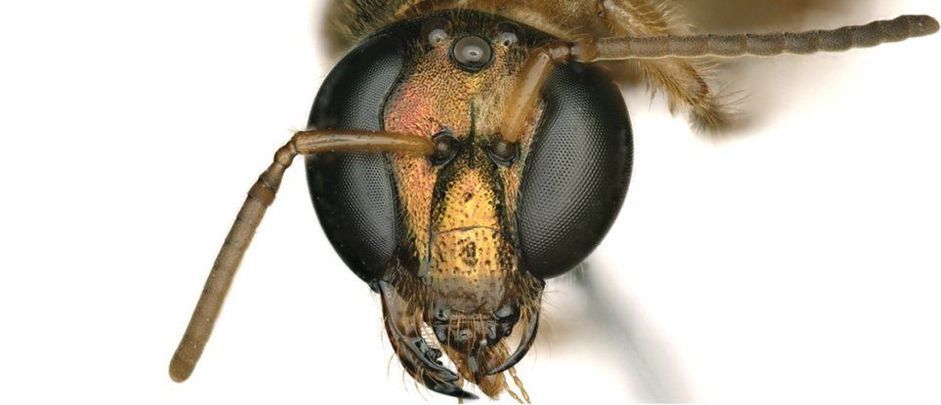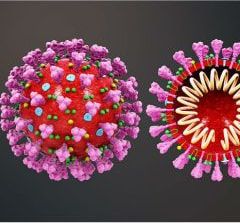Page 6756
Apr 3, 2020
VA struggles to fill hospital jobs; it has 49,000 openings across the country
Posted by Quinn Sena in categories: biotech/medical, employment
Staffing shortages amid the 386,000 VA employees are “a root cause for many of the problems in veterans’ care,” said Inspector General Michael Missal.
There are two main reasons for the shortages — low salaries and a lack of qualified applicants, with the former leading to the latter.
Consider this item from the report: VA “medical center directors make approximately 25% of a private sector hospital chief executive officer salary yet have a greater scope of responsibility.” Top pay for a VA medical center director is $201,900.
Apr 3, 2020
7 Biotech Stocks to Buy for a Post-Pandemic World
Posted by Genevieve Klien in category: biotech/medical
Casdin Capital’s Eli Casdin highlights seven promising life-sciences stocks, including bluebird bio, Invitae, and Crispr Therapeutics.
Apr 3, 2020
Scientists Are Printing Living “Xenobots” out of Biological Cells
Posted by Genevieve Klien in categories: 3D printing, biotech/medical, robotics/AI, virtual reality
Designer Babies
Xenobots, which were first brought to life back in January, can’t reproduce. Instead, computer scientists program them in a virtual environment and then 3D print their creations out of embryonic cells.
“We are witnessing almost the birth of a new discipline of synthetic organisms,” Columbia University roboticist Hod Lipson, who was not part of the research team, told the NYT. “I don’t know if that’s robotics, or zoology or something else.”
Apr 3, 2020
Jeff Bezos’ space company is pressuring employees to launch a tourist rocket during the pandemic
Posted by Genevieve Klien in categories: biotech/medical, health, space travel
Employees at Jeff Bezos’ aerospace firm Blue Origin are outraged that senior leadership is pressuring workers to conduct a test launch of the company’s New Shepard rocket — designed to take wealthy tourists into space — while the COVID-19 pandemic devastates the United States.
To conduct the flight, Blue Origin officials are considering transporting employees from the company’s main headquarters in Kent, Washington — a town near Seattle where COVID-19 cases have surged — to a small town in West Texas called Van Horn. The town, which has a population of just over 2,000, is home to Blue Origin’s test launch facility where the company has conducted all past flights of the New Shepard rocket.
Many employees fear that traveling to Van Horn might expose them to the novel coronavirus and inadvertently introduce COVID-19 to the residents of the rural town where there is very little infrastructure to handle an outbreak. The Verge spoke exclusively with four Blue Origin employees who all asked to remain anonymous for fear of retaliation from the company. They say they are frustrated by the company’s desire to conduct a launch, as it could unnecessarily jeopardize the health of employees at Blue Origin and residents of Van Horn.
Apr 3, 2020
Scientists Find a Half Male, Half Female Bee, Split Right Down The Middle
Posted by Brent Ellman in category: futurism
Broadly speaking, animals tend to be sexually dimorphic. You have males, with small gametes, and females, with large gametes, both of which are required for sexual reproduction. Every now and again, though, nature throws a curveball — producing an organism that’s a combination of both sexes, divided straight down the middle.
This condition is known as gynandromorphism, and scientists have just found the first known gynandromorphic individual of its species in a nocturnal bee native to Central and South America, Megalopta amoenae.
On its left side, the bee is physiologically male. It has a small, dainty mandible, a long antenna, and a thin, delicate hind leg with fewer bristles. The right side has female characteristics — a shorter antenna, a pronounced, toothed mandible, and a thick, hairy hind leg.
Apr 3, 2020
Giant Elliptical Galaxies Are Not Likely To Be ‘Cradles Of Life’
Posted by Bruce Dorminey in category: alien life
Giant elliptical galaxies are not likely to be havens for technological life, argues new paper.
I recognized that the model used in the 2015 paper —- along with the known distributions and numbers of spiral and elliptical galaxies —- violated the Principle of Mediocrity, says Whitmire. That means if a technological species was selected at random anywhere in the local universe, the probability that it would reside in an elliptical galaxy would be 99 percent. Since we earthlings don’t find ourselves in an elliptical galaxy, Whitmire says this creates what he calls a statistical paradox.
My solution was to look for physical processes that would mitigate this inconsistency, says Whitmire. Current observations show that the ancestors of today’s large elliptical galaxies were once more compact, he says. This was the key, says Whitmire. This means that when these galaxies went through their early high-energy quasar and starburst phases, the radiation doses to young planets within these galaxies would have been lethal and permanent, he says.
Continue reading “Giant Elliptical Galaxies Are Not Likely To Be ‘Cradles Of Life’” »
Apr 3, 2020
The FDA-approved Drug Ivermectin inhibits the replication of SARS-CoV-2 in vitro
Posted by Nicholi Avery in category: biotech/medical
Shared by Michael Michalchik
Ivermectin is an inhibitor of the COVID-19 causative virus (SARS-CoV-2) in vitro.
• A single treatment able to effect ∼5000-fold reduction in virus at 48h in cell culture.
Our goal is to evaluate, test and share the validated & most promising Maker projects to create an alternative system to supply medical materials.
Apr 3, 2020
‘Rebooting the brain’: Our fight to bring people back from the dead
Posted by Lola Heavey in categories: biotech/medical, computing, neuroscience

Studies of hibernating animals suggest that the molecular and synaptic integrity of neurons in the cerebral cortex that underlie self and consciousness is maintained in many cases when from the outside the brain appears dead.
A striking feature of medicine over the past few centuries has been our growing ability to bring people back from the “dead.” For most of human history, patients who were unconscious and not breathing were treated as though they had died. But the concept of resuscitation emerged as doctors grew to understand the basic function of the lungs and airways. That led to new techniques and tools capable of restoring both breathing and heartbeat — and the realization that cardiac arrest was not always a death sentence. That, in turn, gave rise to a distinction between what’s now called clinical death versus brain death.
Continue reading “‘Rebooting the brain’: Our fight to bring people back from the dead” »

















